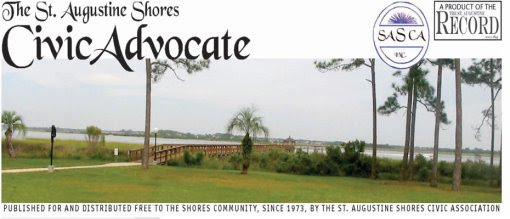Do You Have the Proper Coverage to Protect Volunteers as Well as Committee Members?
One area of Association insurance coverage that is always a little vague to most of us is the issue of liability insurance coverage for elected Board members, as well as insurance coverage for appointed Officers, and those appointed Committee Members operating under the jurisdiction of the Board.
What is Directors and Officers (D&O) Insurance?
Directors and Officers Liability Insurance provides protection for the directors and officers of your association in the event they are sued in conjunction with the performance of their duties. Think of Directors and Officers Insurance as a management Errors and Omissions policy. Directors & Officers Liability Insurance can include Employment Practices Liability and Fiduciary Liability. Directors and Officers Insurance is often confused with Errors & Omissions Liability. The two are not synonymous; Errors & Omissions is concerned with performance failures and negligence with respect to your products and services, not the performance and duties of management. Since a director or officer can be held personally responsible for acts of the association, most directors and officers will demand to be protected and are not willing to risk their personal assets to serve as a corporate director or officer without such protection.
How is D&O Insurance applicable to Committee Members?
Generally speaking, when Committee members have been appointed by a Resolution of a Board of Directors, are operating under clear and appropriately drafted Charters, and are conducting activities in conjunction with the Charter, liability insurance is assumed to be in place for all of these members. A common example would be a member of an Architectural Control Committee (ARC) making a decision, in a meeting, as part of the ARC Charter that is then challenged by way of a lawsuit against the Association and ARC members. However, for other activities of committee members, the line is not as defined. When a member of the “Welcome Committee” visits a new owner, and words are exchanged regarding the condition of the property, or perhaps worse, are the actions of the Welcome Committee covered should the new owner feel as though the visit was harassment, racial discrimination, etc? How about a scenario where the Pool Committee member decides to discipline a youngster who was running at the pool, by sending the child home, or making the child stay out of the water for 30 minutes. Did the Pool Committee member have the authority to “police” the pool area or just to establish the “Pool Rules”? The Association itself will likely be covered under even the most awkward circumstances, but what about the committee member, should a lawsuit be brought against the committee member personally? These are all important aspects to consider when working with your Committees and their members. Asking your insurance agent for details on committee member liability insurance coverage is paramount to a sound risk management program.
What are the key questions to raise when reviewing your D&O policy?
- Are Committee Members included in the D&O Policy?
- If not, what types of insurance coverage can be provided that adds that extra protection for the association?
- Does association's governing documents provide an automatic indemnity for Directors and Officers?
- Does the policy maintain coverage for a period beyond the Board Member's term of service?
- Does the policy extend coverage beyond the policy period if circumstances that might give rise to a claim are disclosed during the policy period?
- Is there a minimal deductible per Director?
- Does the policy also feature a low aggregate applicable to one occurrence?
- Does the Policy cover claims against Directors, Officers, Committee Members?
- Can the Board of Directors choose their own legal representatives when defending a claim?
- Does the policy cover legal costs incurred through investigations that DO NOT result in litigation?
- Is the limit of liability for a single loss, or for total losses during the policy period, set at an appropriate level?
- Does the policy have any unusual exclusions?
Clearly, the best course of action is to remind directors, officers, or committee members who are looking after an association to only act within their own authority, commit the association to transactions or agreements that are within the law, and to avoid placing themselves in a position where their personal interest conflicts with those of the association.
The Association, through the Board of Directions, should adopt concise Committee Charters, detailing the specific areas of responsibility, and requiring Committee Members to sign a copy of the Charter. As always, it is critical to review the association governing documents to determine the legal structure of committees, areas of permitted activities for those members, as well as the authority the Directors and Officers have with the association.


